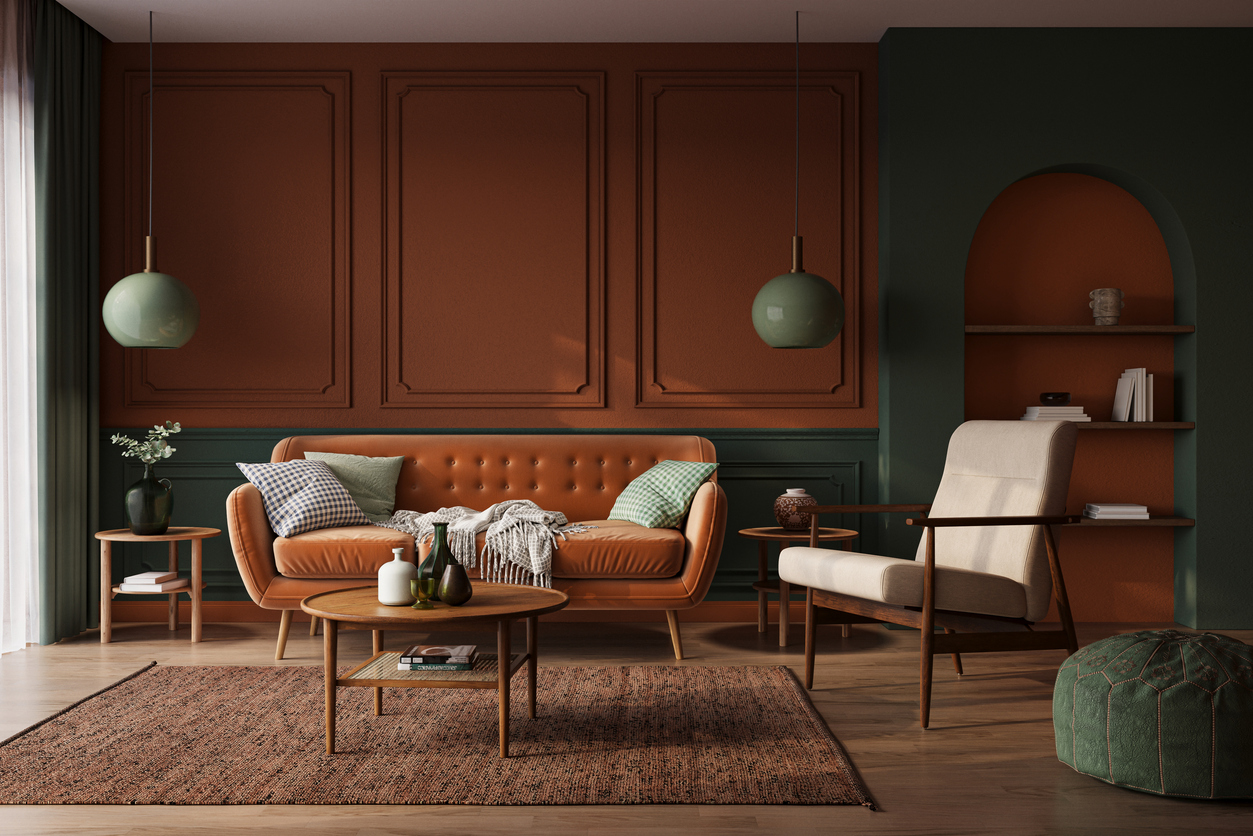By Sophie Marlowe
There’s this idea that a beautifully designed home is universally a good thing. Sure, a well-decorated space can improve functionality, lift spirits, and even contribute to well-being. But in a world focused on taking the perfect photo for Instagram, you need to ask yourself some questions.
Is the pursuit of aesthetic perfection a positive thing? And when does this pursuit cross the line? After all, this constant desire to keep up with trends and follow aesthetics can very quickly veer into the territory of overconsumption, criticism, and dysfunctionality.
When Design Becomes Performative
When homes are designed solely for social media content, a subtle but significant shift happens. Interior design is transformed from something about comfort and personal expression to appearance. Changing private, functional living spaces into public branding tools that are designed solely for likes instead of living.
An example of this is the “shelfie”, which is a meticulously curated shelf of books and objects with artisanal candles and maybe a designer vase. Often they’re colour-coordinated as well. Despite being beautiful, how honest are these shelves? More often than not, they’re designed to prioritise aesthetics over practicality, which raises another question: who is this really for?
And as a result, design driven by performance risks becoming hollow.
Aesthetics & Privilege: Who Gets to Have “Good Taste”?
Taste is shaped by culture, education, and, more often than not, access to money. A lot of the time, what’s considered “elevated” or “refined in interiors comes down to expensive materials as well as designer collaborations, and time-consuming sourcing from obscure antique dealers or curated brands.
This means that these aspirational “must-have” aesthetics are often unachievable for people. Even minimalism can carry a hefty price tag when it’s done “properly”, and this is an aesthetic designed around simple and pared-back living.
Unfortunately, this leads to a quiet kind of elitism. Homes that don’t align with the latest aesthetics, whether they’re messy, colourful, frugal, or simply lived-in, can then be unfairly judged as “chaotic” or even “tacky”. Even if they serve their owners perfectly!
The Consumption Problem
Aesthetics have created the interior and décor version of fast fashion. TikTok and Pinterest have helped drive this culture of quick and constant upgrading as they encourage impulse redecorating based on seasonal moods or viral videos. Whether it’s just a small change to freshen things up, they all add up in both cost and waste.
That’s not to say it’s inherently wrong to experiment or have fun with your home; it’s worth questioning the cycle of endless aesthetic turnover. Ask yourself if these updates are meaningful. Will they add to your life, or are they just to keep up appearances?
Sustainable design goes beyond the materials you use; it’s also about resisting the urge to constantly discard and replace items. Sometimes, the most ethical choice is to love and accept what you already own.
The Impact of Aesthetic Pressure
The pressure to have a social media approved “beautiful” home isn’t just external, it’s become internalised. There’s a guilt around mismatched chairs, an embarrassment of cluttered surfaces, a shame of wood-effect vinyl tiles instead of real wood, and a quiet feeling of failure when a home doesn’t look like the ones seen online.
When perfection becomes the norm, it creates an unspoken hierarchy of homes. Where some feel like they’re “doing it right”, others are left out. Realistically, the “right home” is the one that works best for you and your lifestyle, not for strangers' liking posts.
Something that seems to be forgotten when it comes to interior design is that beauty is subjective, and functionality, comfort, and emotional connection are just as important, if not more so, than a curated colour palette or trend-driven layout.
What’s the Alternative?
So, where does that leave design lovers? Should you just abandon the idea of aesthetics altogether? Not at all! You simply need to design with awareness and intention; beauty, after all, has its place when it brings joy into your home, inspires creativity, and makes daily life more pleasant.
Focus on embracing personal meaning over perfection and slow down on consumption. You can choose materials that are built to last, whether that’s an engineered wood floor that ages beautifully or modular sofas that can be reconfigured and added to as life changes. Think of naturally durable and biodegradable fabrics over cheap synthetics that fray quickly and end up in landfills as well.
Remember to celebrate diverse expressions of beauty. Homes shouldn’t be copied and pasted from magazines and social media. Instead, design a home that enhances life and allows you to express yourself. Ethical interiors might not be the most beautiful in a traditional sense, but they’re the most honest and real, which makes them worth living in.
Author Bio:
Sophie Marlowe is a digital content writer and outreach executive for Luxury Flooring. She specialises in crafting engaging blogs on home improvement and home decor with a focus on flooring. Sophie writes handy how-tos, easy guides, and helpful comparisons, letting the reader be informed and inspired to take their home to the next level.












